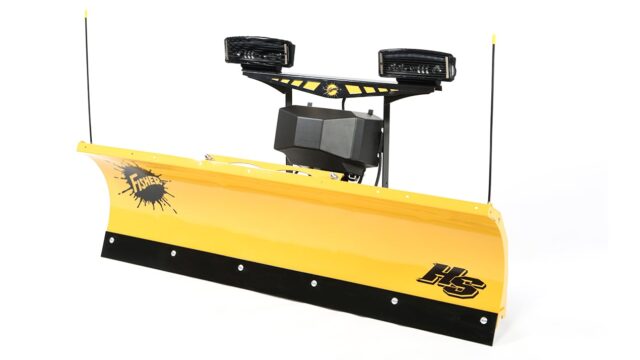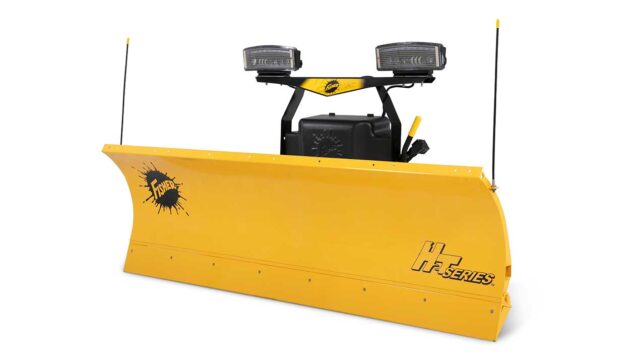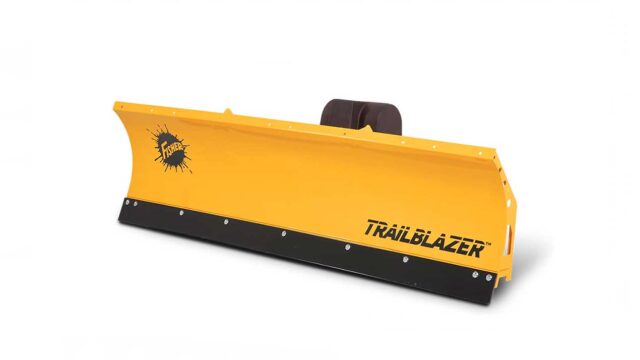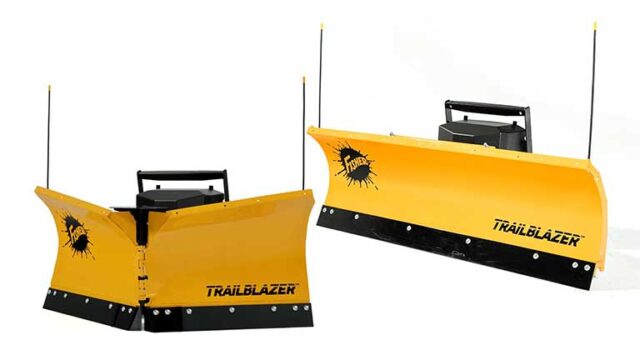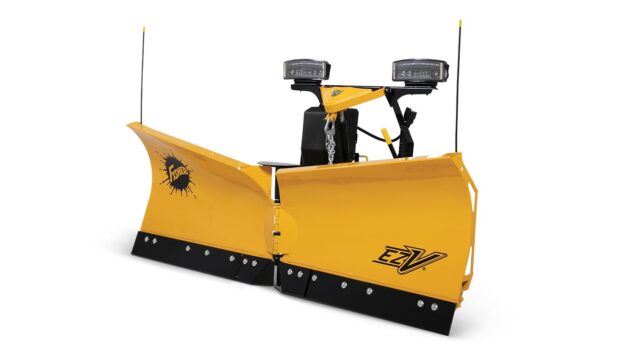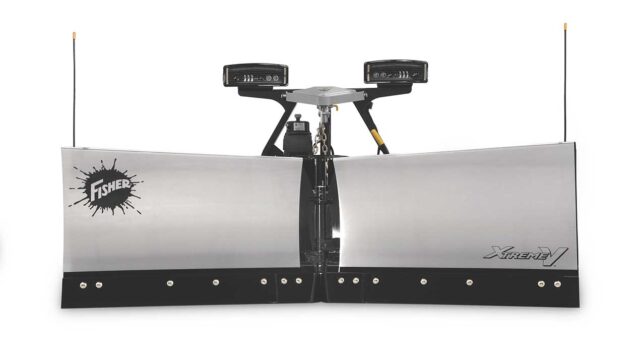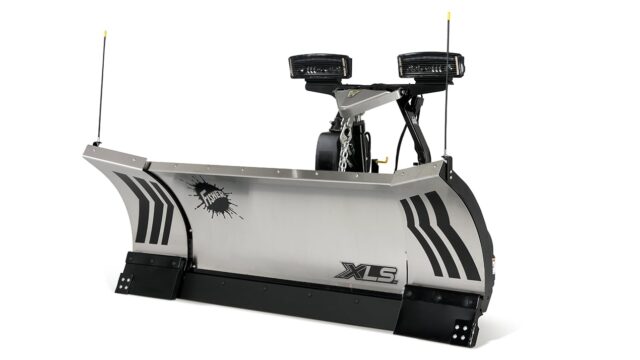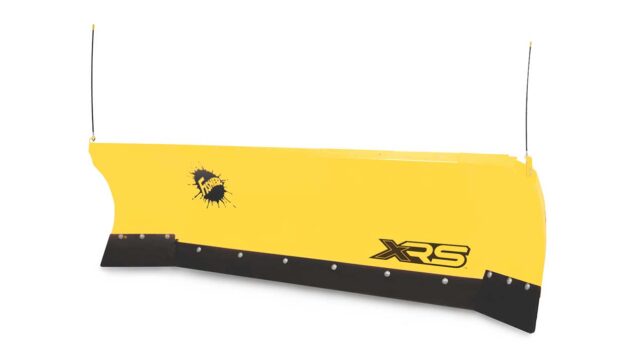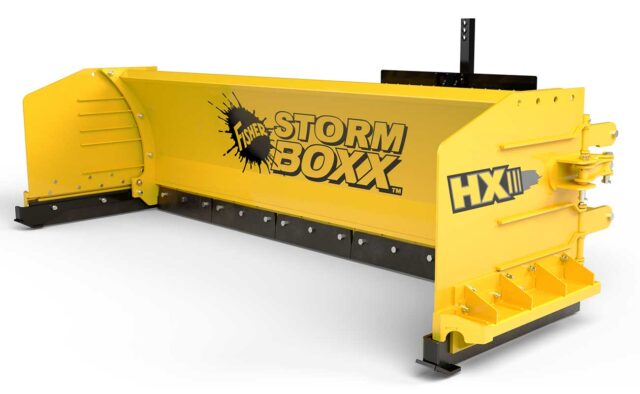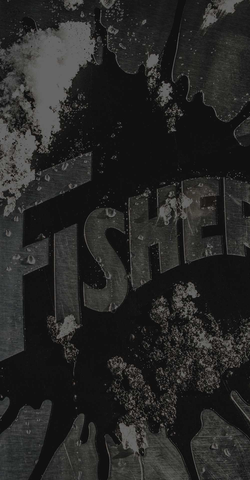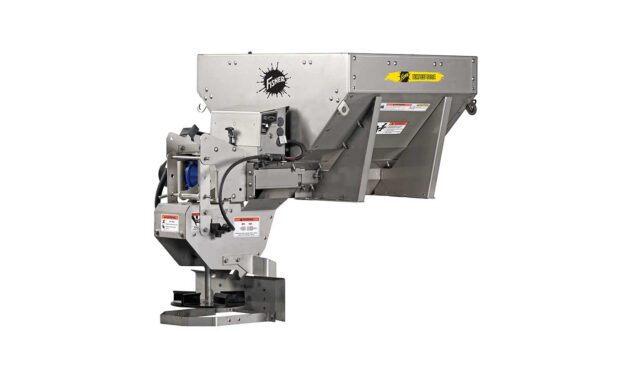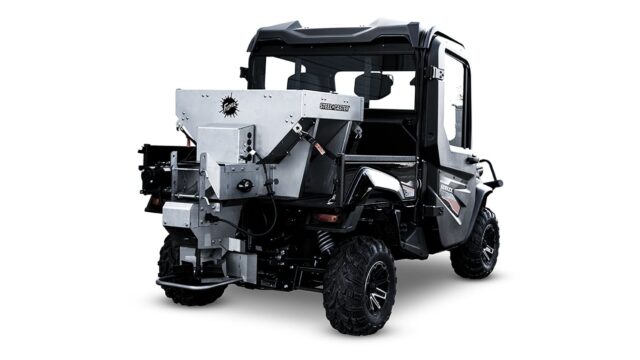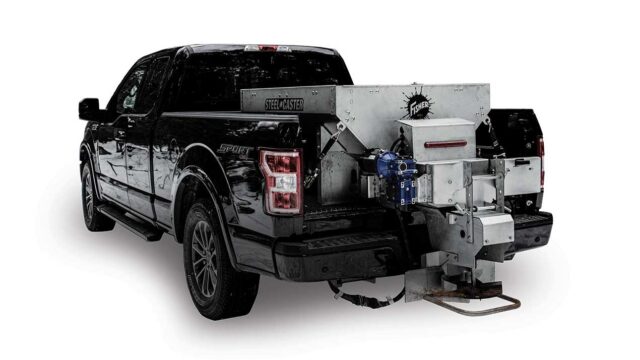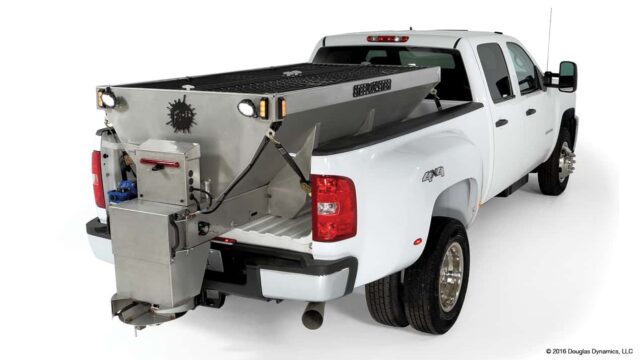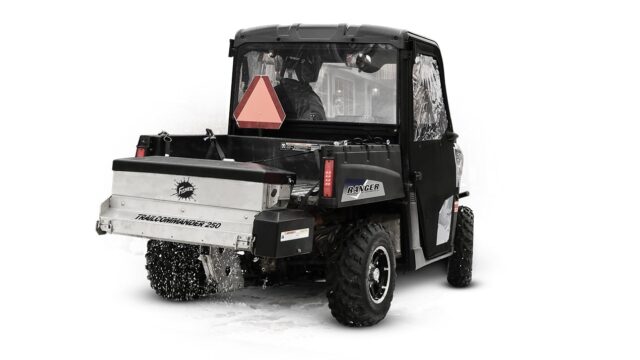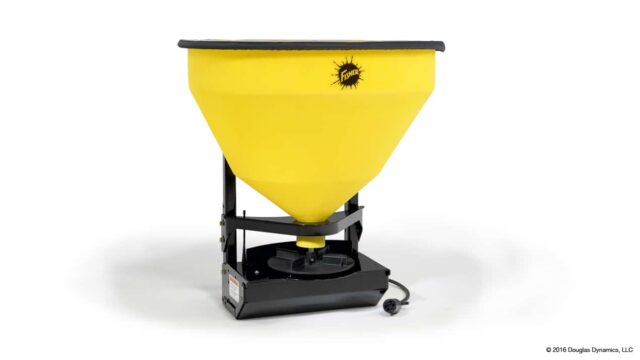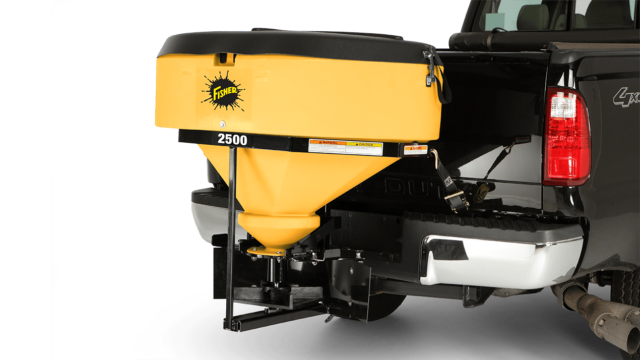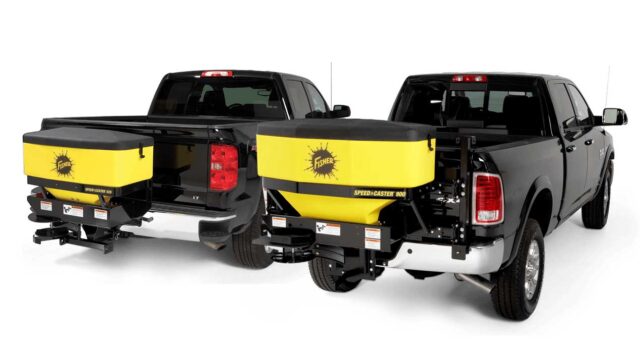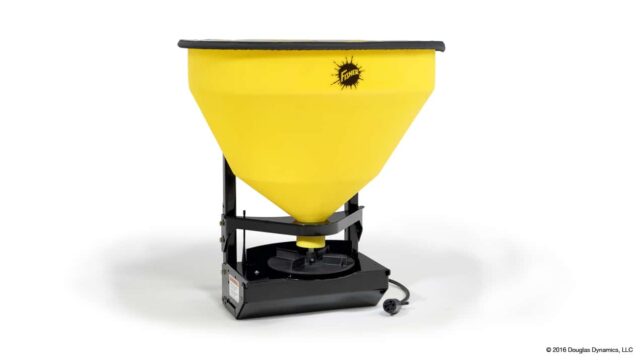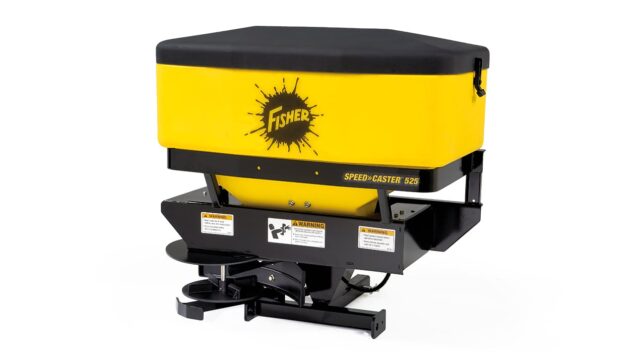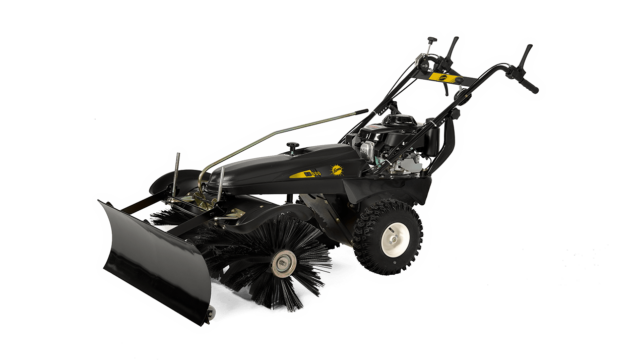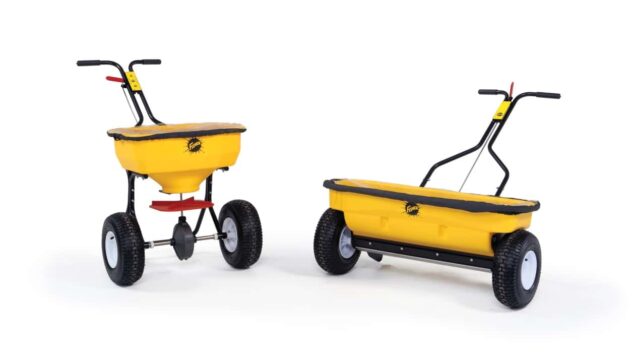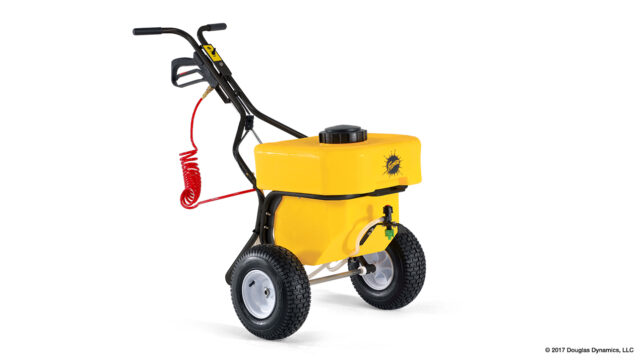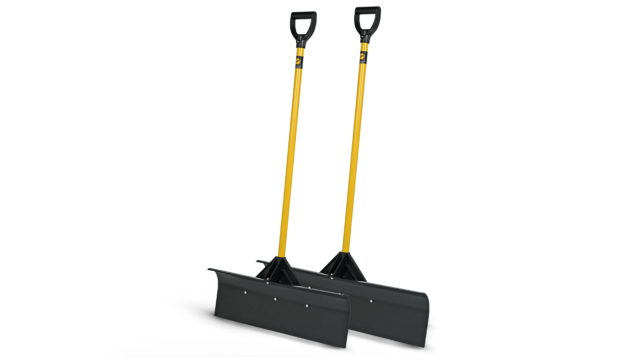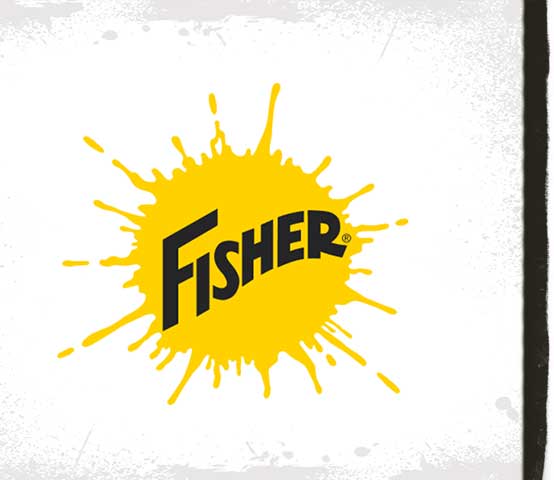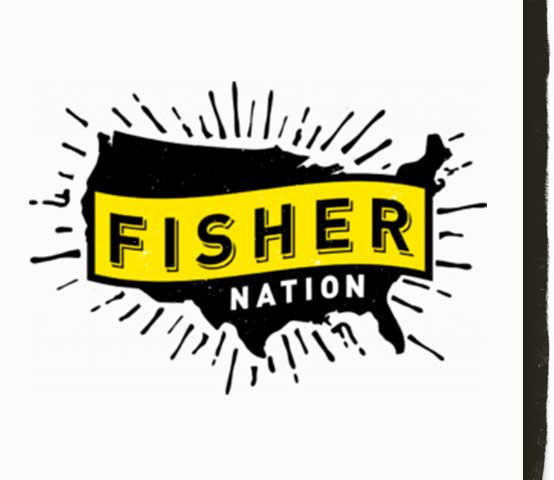Snowplow & Vehicle Preseason Tips to Set You Up for Success This Winter
Created September 2, 2020

There is a reason that a preseason snowplow inspection is a standard best practice in the snow and ice industry. When you take care of your equipment at the beginning of the season, it takes better care of you in season. Here are a few tips to set you up for success before you scrape the first pass.
Before You Plow Checklist
Avoid simple mistakes and early break downs by following this preseason checklist. Before performing any service, it’s important to review the manufacturer’s owner’s manual for safety guidelines and procedures.
- Mounting & Alignment: Ensure the plow is installed appropriately and secure on the vehicle. Test it to make sure the control and the plow are working in sync (moving it up, down and side to side). Inspect all mounting points and fasteners for proper torque and verify that cotter pins are in place (if required).
NOTE: Check the headlamps and adjust those for proper alignment to allow safe illumination distance and aim. Park on a level surface with the plow raised and the headlamps turn on towards a white screen or garage door. Mark the horizontal and vertical centerline of the snowplow headlamps and the vertical centerline of the vehicle on the screen. Align the top edge of the high-intensity zone of the snowplow lower beam below the horizontal centerline and the left edge of the high-intensity zone on the vertical centerline for each snowplow headlamp. Torque the fasteners to secure it. *
- Electrical Components: Clean, tighten and apply dielectric grease to all electrical connections, wires and plugs to prevent corrosion. Perform a function check after servicing your equipment, including accessories.
- Fluid & Grease: Check the fluid levels in your hydraulic system and keep an eye out for leaks and cracked/damaged hoses. If you didn’t perform annual service at the end of last winter (including a hydraulic fluid change), you may want to do that before starting a new season. Lubricate all grease fittings and any other pivot point recommended in your owner’s manual with FREEZE GUARD™ Grease that is optimized for cold, wet and dirty environments.
- Replacements: Visually inspect the cutting edge, shoes, hydraulic hoses and any other parts that may be prone to wear and tear. Replace worn or damaged parts and repaint as necessary to protect exposed metal from rust and corrosion. When deciding between FISHER® Genuine Service Parts and generic will-fit models, weigh all of the pros and cons to determine the ultimate cost to your business. OEM parts are more dependable, are covered under warranty and are designed specifically with your equipment in mind.
- Emergency Bag: Run through your emergency supplies and make sure you have everything you’ll need for the first event. This should include a first aid kit, basic tool kit, hydraulic fluid, extra hoses, coils, solenoids, fittings and common replacement parts. A shovel, flashlight and additional warm clothing may also come in handy.
Your Vehicle Needs Care Too
A plowing vehicle has to stand up to harsh winters that not only impact the plow, but also take a toll on the vehicle. In order for your equipment to be dependable in a moment’s notice, follow these care tips for smooth operation.
- Confirm proper operation of the windshield wipers, heater, auxiliary lights and back up camera (if required). You should also make sure all fluids are topped off including engine oil, brake fluid, transmission fluid, radiator fluid and windshield washer fluid.
- Make sure your tires have the correct amount of pressure and are in good serviceable condition.
- Inspect and test the vehicle battery as well as the charging system. Replace or repair components as needed.
- Complete regular service on the vehicle based on manufacturer recommendations at the appropriate intervals (oil changes, tire rotation, vehicle recalls, etc.)
- If you’re plowing commercially, t’s usually a good idea to start the season with a fresh set of brake pads.
PRO TIP: If required, make sure your vehicle has the proper ballast for your FISHER plow setup. Check that the Front Gross Axle Weight Rating (FGAWR) is not overloaded and that the trucks horizontal Cg is within OEM certification range for Federal Motor Vehicle Safety Standards (FMVSS) 105. When installing a plow, the FISHER® eMatch program can help you easily determine the exact weight needed.
Ongoing Maintenance
There’s no substitute for proper ongoing maintenance—prepare for whatever the seasons throws at you with these checklists and maintenance videos. Like any machine, a regular “tune up” can keep your plow and vehicle running in optimal condition. Remember, if you’ve incurred any damages following an event; be sure to get those issues fixed before the next storm. It’ll save time, money and a whole lot of headache when you’re out there in the middle of the night.
If you’d prefer to have a professional inspect your plow, contact your local FISHER dealer to find out if they perform preseason inspections.
